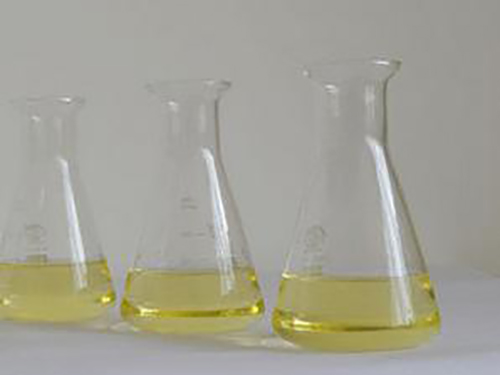function of poly aluminium chloride in water treatment
The Function of Poly Aluminium Chloride in Water Treatment
Water scarcity and pollution are escalating global challenges that mandate the need for efficient and effective water treatment solutions. One such solution is the use of Poly Aluminium Chloride (PAC), a widely utilized coagulant in water treatment processes. PAC plays a crucial role in improving water quality by facilitating the removal of suspended solids, bacteria, and other impurities from water sources. This article explores the function of PAC in water treatment, its chemical properties, application methods, and its advantages over traditional coagulants.
Chemical Composition and Properties
Poly Aluminium Chloride is a polymeric form of aluminium chloride, characterized by a high molecular weight and a varying degree of polymerization. It is usually produced by the reaction of aluminium hydroxide and hydrochloric acid, leading to a compound that contains both aluminium ions (Al³⁺) and chloride ions (Cl⁻). PAC is available in both liquid and powder forms, making it versatile for various treatment applications. The most significant property of PAC is its ability to effectively destabilize colloids and promote flocculation.
Mechanism of Action
The function of PAC in water treatment revolves around its coagulation and flocculation properties. Coagulation is the initial step where PAC, upon addition to raw water, neutralizes the charges on suspended particles. Many impurities in water possess a negative charge, which prevents them from clumping together. When PAC is introduced, the positively charged aluminium ions attract these negatively charged particles, leading to their neutralization.
Once coagulation occurs, the process of flocculation follows. Flocculation is characterized by the aggregation of the neutralized particles into larger clusters, or flocs. PAC enhances this process due to its high charge density and large molecular structure, which allows it to bridge and bind multiple particles together. These flocs can then settle more readily, facilitating their removal from the water.
Application in Water Treatment
function of poly aluminium chloride in water treatment

PAC is typically utilized in various stages of water treatment, including drinking water purification, wastewater treatment, and industrial water clarification. In drinking water plants, PAC is added during the pre-treatment phase, where raw water is subjected to various processes to remove turbidity and contaminants. The PAC dosage can vary depending on the water quality, turbidity levels, and desired treatment output.
In wastewater treatment, PAC serves a vital role in the treatment of sewage and industrial effluents. The coagulation process not only helps in the removal of suspended solids but also facilitates the aggregation of heavier contaminants, making them easier to remove through sedimentation or filtration. Moreover, PAC's effectiveness at low temperatures makes it a preferred choice in colder regions.
Advantages of Using PAC
There are several advantages to utilizing PAC over traditional coagulants like alum (aluminium sulfate). First, PAC has a higher solubility, resulting in quicker dissolution in water, which leads to more efficient coagulation and faster treatment processes. Second, PAC produces less sludge compared to alum, reducing the overall waste generated during treatment. The smaller volume of sludge also simplifies the disposal process.
Additionally, PAC operates effectively over a wider pH range. This flexibility allows for its application in various water qualities, making it a preferred choice for treating different types of water sources. Furthermore, PAC can reduce the residual aluminium levels in treated water, contributing to higher water quality and safety standards.
Conclusion
In conclusion, Poly Aluminium Chloride is a vital compound in the field of water treatment, contributing significantly to the purification processes essential for providing safe drinking water and treating wastewater. Its ability to enhance coagulation and flocculation processes, coupled with its advantages over traditional coagulants, makes PAC an invaluable tool for water treatment facilities. As the demand for clean and safe water continues to grow, the adoption of efficient treatment chemicals like PAC will play an increasingly important role in addressing global water challenges. By optimizing water treatment processes, PAC not only enhances water quality but also contributes significantly to environmental sustainability.
-
Pbtc Scale InhibitorPBTC: A Scale Protector for Industrial Water TreatmentNewsAug.05,2025
-
Organic Phosphonate: An Efficient Defender in the Field of Scale InhibitionNewsAug.05,2025
-
Hydrolyzed Polymaleic Anhydride: Green Pioneer in Scale Inhibition FieldNewsAug.05,2025
-
PAPEMP Polyamino Polyether Methylene Phosphonic Acid For SaleNewsAug.05,2025
-
Flocculant Water Treatment: A Pioneer in Purification in the Field of Water TreatmentNewsAug.05,2025
-
Benzyl Isothiazolinone: An Efficient and Broad-Spectrum Antibacterial Protective GuardNewsAug.05,2025





